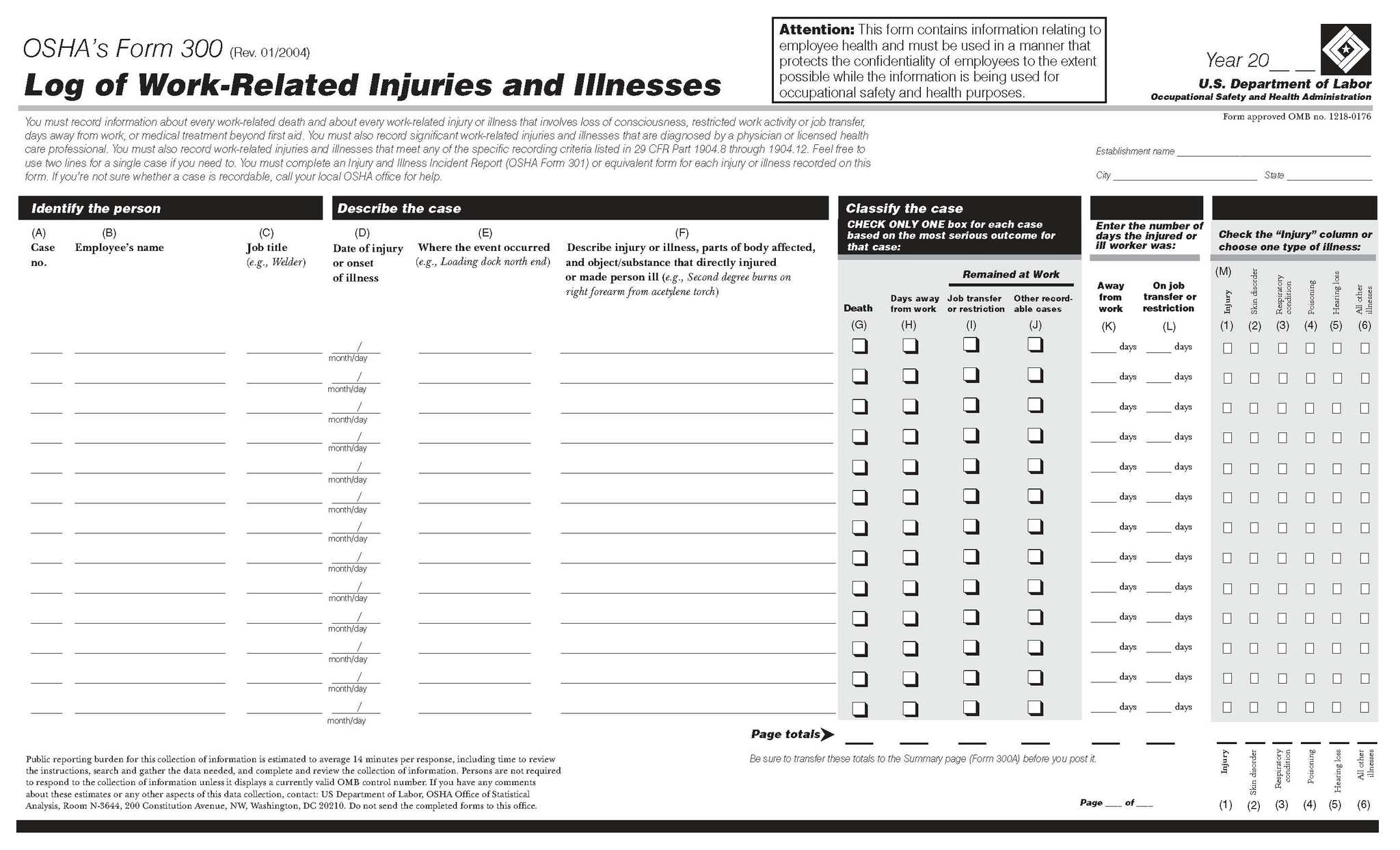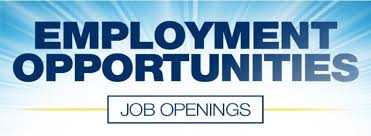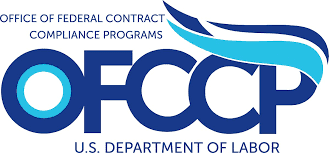FEB 2022, Vol 19, Issue 2
Overview
- Federal Contract Workers Wages are Increased
- New W–4 Form Released
- Post OSHA 300A by February 1st
- The Struggle to Find Talent
- OFCCP Contractor Portal Registration Opens 2/1/22
- Time to Update Your AAP’s
Federal Contract Workers Wages are Increased
The Minimum Wage Executive Order signed by President Biden on April 27, 2021 and the implementing regulations adopted by the Department of Labor’s Wage and Hour Division ensure that workers on federal contracts receive a fair wage.
Starting January 30, 2022, the minimum wage for federal contract workers is $15.00 per hour. This raise affects more than 300,000 workers.
The $15 minimum wage will apply to construction workers, it will also apply to childcare, health care, and building and other services workers employed on federal contracts.
In addition to raising the minimum wage, the rule also protects workers on federal contracts by:
- Ensuring the minimum wage is adjusted yearly.
- Raising the wage for workers with disabilities who may otherwise earn less than the minimum wage.
- Ensuring that federal contract workers that receive tips receive at least 85% of the full minimum wage as their cash wage starting 1/1/23, and 100% starting 1/1/24.
- Restoring minimum wage protections to workers that provide recreational services on federal lands.
- - - -
New W–4 Form Released
IRS has once again revised the W-4 Form. New forms do not need to be completed because of the changes. The new form should be used for new hires and those that have had changes in their tax or financial situation. The new form is available on our website www.hrstrategies.org and below is a link that provides instruction for completing the form www.irsvideos.gov/Business/Employers/UnderstandingTheNewFormW-4
- - - -
Post OSHA 300A by February 1st
Covered employers must complete and post their 2021 annual summary of work-related injuries and illnesses by February 1, 2022, and keep it posted in a common area until April 30, 2022. All employers required to keep Form 300, the Injury and Illness Log, must utilize the annual summary Form 300A to comply with posting requirements even if there have been no recordable injuries or illnesses, as the Occupational Safety and Health Administration (OSHA) will continue to focus on record-keeping violations in 2022. This year’s summary must include the total number of job-related injuries and illnesses, including COVID-19 that occurred in 2021.
The summary Form 300A reports a business’s total year-end number of fatalities, missed workdays due to injury or illness on the job, job transfers or restrictions, and injuries and illnesses as recorded on Form 300. It also includes the number of employees and the hours they worked for the year.
Please visit www.hrstrategies.org to download the instructions and applicable forms.
- - - -
The Struggle to Find Talent
As we begin 2022 the Great Resignation is expected to get worse before it gets better. Companies will have to continue to pull out all the stops to solve the talent shortage crisis by strategizing new methods to incentivize candidates to apply, reskilling and upskilling existing employees to prevent attrition, and figuring out how to offer more flexible working conditions.
The latest data from the U.S. Department of Labor shows there are approximately 42 million few workers in the labor force compared to just prior to the pandemic. We can't remember the last time hiring was this hard, and we think recruiting is unlikely to get any easier this year with the biggest issue is lack of applicants.
Over the past two years most of us have changed our recruiting techniques and processes to accommodate virtual interviewing and onboarding of new workers. The biggest challenge has been how candidates behave throughout this process, managing their expectations and understanding that they are more selective and higher expectations than ever before. As a result, companies need to provide a robust rewards package that includes competitive compensation, lucrative benefits, career development opportunities and flexible work.
As hiring becomes more difficult, employers are going to have to look at their current recruiting practices to see where they can be improved. Many organizations are streamlining the candidate experience, reviewing pay to be more competitive and sprucing up their employee referral programs. Others have introduced cash bonuses, leave policies, vaccine incentives and counseling services to help workers get through these trying times.
Candidates know that there is a war for talent, and they are using this knowledge more than ever before and feel they have more options and currently expect more from potential employers. The power balance between employers and employees has shifted and is like the housing market where people are overpaying for the value of a new home. There is a high demand/supply gap for talent and today’s job seekers have higher expectations and demands.
Companies should be reviewing their pay practices and conducting industry benchmarking to determine what the market warrants for each position they are trying to fill. In addition to looking at salary consider offering benefits that attract candidates. In a study conducted by SHRM the following are creative benefits that have been implemented in response to the pandemic and to counteract the ongoing labor shortage: 78% offer employee options for telework, 43% offer telemedicine services, 39% offer leave to care for children, 27% offer leave to care for adult family, and 25% offer mental health services. The most desired benefit seems to be flexibility. During the pandemic people were able to choose how they integrated their work into the personal lives, and they are not willing to give that up.
In the end, we all need to be more creative in our recruiting efforts and never lose sight of the need to remain focused on retention. Contact HR Strategies for comparison studies or for support with your recruiting strategies.
- - - -
Reminder OFCCP Contractor Portal Registration Opens 2/1/22
The Office of Federal Contract Compliance Programs (OFCCP) announced on December 2, 2021details surrounding the Affirmative Action Program Verification Interface (AAP-VI), now referred to as the Contractor Portal.
Covered federal contractors and subcontractors (“contractors”) must use this portal to certify, on an annual basis, whether they have developed and maintained an affirmative action program for each establishment and/or functional unit, as applicable. In addition, the Contractor Portal will provide a secure portal for scheduled contractors to submit to OFCCP their Affirmative Action Program(s) during compliance evaluations.
Here are some of the key dates to be aware of:
February 1, 2022– Contractors may begin registering for access to the portal.
March 31, 2022– Contractors will be able to utilize the certification feature in the portal to certify their AAP compliance.
June 30, 2022– Existing contractors must certify whether they have developed and maintained an affirmative action program for each establishment and/or functional unit, as applicable.
- - - -
Time to Update Your AAP’s
Many Affirmative Action Plans (AAPs) expired on December 31, 2021. Under federal law, government contractors and subcontractors with 50 or more employees who have entered into at least one contract of $50,000 or more with the federal government must prepare and maintain a written affirmative action program, which must be developed within 120 days from the commencement of the contract and must be updated annually.
AAPs should be submitted to DOL during the first quarter of 2022.
- - - -
Contact HR Strategies staff at 302.376.8595 or info@hrstrategies.org if you would like support or would like to learn more about the items in this newsletter. Please contact us if you would like to be added to our Monthly Strategies mailing list or if you would like for us to add someone else to our mailing list.





